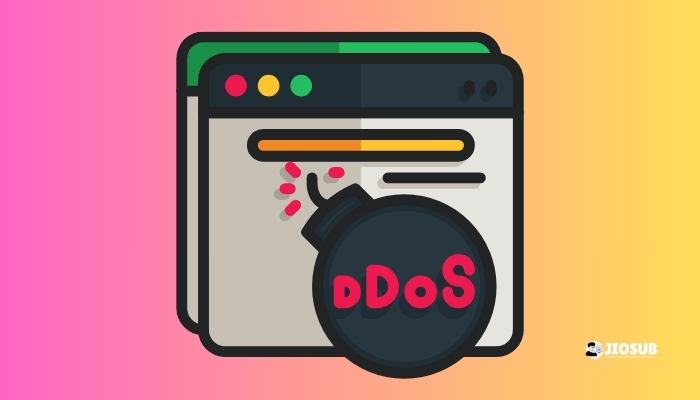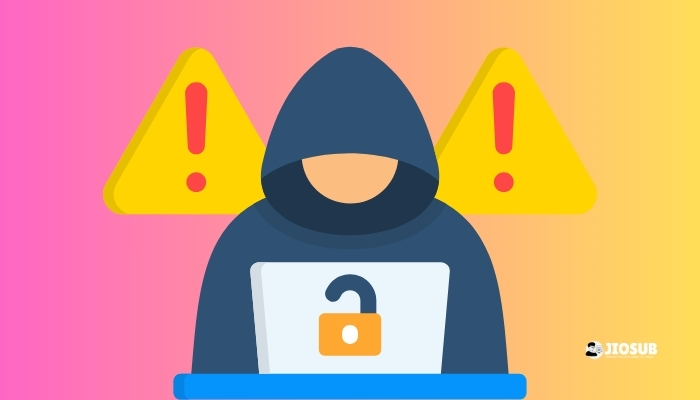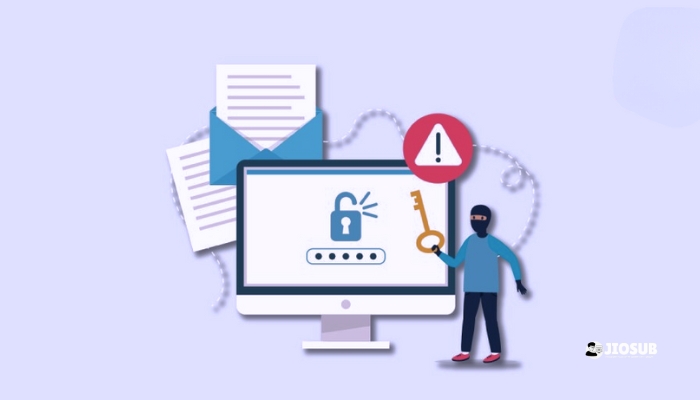In the vast expanse of the digital realm, where every click and keystroke holds potential peril, safeguarding your website is not just wise; it’s imperative. Cyber threats loom like shadowy specters, ready to pounce on vulnerabilities and wreak havoc on your online presence. To navigate this treacherous landscape unscathed, you must be armed with knowledge, awareness, and proactive defense. Here, we unveil the seven deadly cyber threats that your website must confront and conquer, or risk facing dire consequences.
1. Malware Madness

What is Malware?
Malware, the scourge of the digital world, encompasses a sinister array of malicious software designed to infiltrate, infect, and undermine computer systems. From stealthy viruses to insidious ransomware, malware comes in myriad forms, each posing a unique threat to your website’s security and stability.
Types of Malware
Viruses, worms, Trojans, spyware, adware—the list goes on. Each type of malware brings its own brand of malevolence, from data theft and system corruption to relentless pop-ups and sluggish performance. Understanding the enemy is the first step towards victory.
Impact on Websites
The repercussions of a malware infection can be catastrophic for your website. From tarnished reputation and diminished user trust to financial loss and legal liability, the fallout is far-reaching and unforgiving. Protecting your website against malware is not just an option—it’s a necessity for survival in the digital age.
2. Phishing Frenzy

How Phishing Works
Like a deceptive siren’s call, phishing lures unsuspecting victims into divulging sensitive information through cunningly crafted emails, messages, or websites. Pretending to be a trusted entity, cybercriminals manipulate human psychology to extract passwords, credit card numbers, and other confidential data.
Signs of Phishing Attempts
Beware of suspicious emails that urge immediate action or request personal information. Watch for telltale signs like grammatical errors, unfamiliar senders, and dubious URLs. Hover before you click, and verify the legitimacy of requests to avoid falling prey to phishing scams.
Preventing Phishing Attacks
Arming yourself with knowledge is the best defense against phishing attacks. Educate yourself and your team about phishing tactics and encourage skepticism when encountering unsolicited communications. Deploy email filters, implement multi-factor authentication, and stay vigilant to thwart phishing attempts before they claim their victims.
3. DDoS Disaster

What is a DDoS Attack?
A Distributed Denial of Service (DDoS) attack unleashes a deluge of traffic upon your website, overwhelming servers and rendering them inaccessible to legitimate users. By harnessing armies of compromised devices, attackers disrupt operations, cause downtime, and inflict untold damage.
How DDoS Attacks Work
DDoS attacks exploit vulnerabilities in network protocols to flood your website with bogus requests, exhausting bandwidth and resources until your server buckles under the strain. The result? Frustration, chaos, and potentially irreparable harm to your online reputation.
Mitigating DDoS Attacks
Defending against DDoS attacks requires a multi-pronged approach. Invest in robust network infrastructure, deploy DDoS mitigation services, and collaborate with ISPs to filter and block malicious traffic. By fortifying your defenses, you can withstand the onslaught and emerge stronger than ever.
4. Injection Infiltration

Understanding Injection Attacks
Injection attacks inject malicious code into your website’s vulnerable entry points, exploiting flaws in web applications to wreak havoc on your database. SQL injection, LDAP injection, and command injection are just a few of the insidious techniques employed by cybercriminals.
Common Types of Injection Attacks
SQL injection manipulates database queries, while LDAP injection targets directory access protocols. Command injection executes arbitrary commands on your server, opening the door to data theft, system compromise, and total chaos.
Preventive Measures
To foil injection attacks, fortify your defenses with stringent input validation, parameterized queries, and regular security updates. Stay vigilant, stay updated, and stay one step ahead of the attackers.
5. Brutal Brute Force

What is a brute Attack?
A brute force attack employs sheer brute strength to crack passwords and gain unauthorized access to your website. By methodically cycling through every possible combination, attackers bypass authentication barriers and breach your defenses.
How Brute Force Attacks Target Websites
Brute-force attacks target login pages, password-protected directories, and administrative interfaces, pounding relentlessly until they break through. Strengthening your password policies and implementing multi-factor authentication are your best weapons against this relentless onslaught.
Strengthening Password Security
Encourage users to create strong, unique passwords and enforce stringent password policies to thwart brute-force attacks. Implementing CAPTCHA challenges, account lockout mechanisms, and biometric authentication adds an extra layer of security to your fortress.
6. Insider Threats

Who Are Insider Threats?
Insider threats lurk within your organization, exploiting their access and privileges to wreak havoc from within. Whether through negligence, malice, or coercion, insiders pose a potent threat to your data security and business continuity.
Recognizing Insider Threats
Vigilance is key to detecting insider threats before they strike. Monitor employee behavior, access patterns, and data usage for signs of suspicious activity. By staying alert and responsive, you can nip insider threats in the bud and safeguard your organization’s secrets.
7. Data Breach Danger

Causes of Data Breaches
Data breaches stem from a myriad of sources, including cyber attacks, human error, and malicious insiders. Whether through malware infections, phishing exploits, or simple negligence, the consequences are dire and far-reaching.
Impacts of Data Breaches
The fallout from a data breach can be catastrophic for your organization. Financial losses, legal liabilities, and irreparable damage to your reputation are just the beginning. Restoring trust and rebuilding your brand may take years, if not decades.
Enhancing Data Security Measures
To fortify your defenses against data breaches, adopt a multi-layered approach to cybersecurity. Encrypt sensitive data, enforce strict access controls, and invest in robust incident response capabilities. By prioritizing data security, you can mitigate the risk of breaches and protect your most valuable assets.
Conclusion
In the ongoing battle against cyber threats, ignorance is not bliss; it’s a death sentence. By arming yourself with knowledge, awareness, and proactive defense strategies, you can fortify your website against the seven deadly cyber threats that lurk in the digital shadows. Stay vigilant, stay informed, and stay one step ahead of the attackers. Your website’s survival depends on it.
Must Read: What security features should you look for in a web hosting provider?
FAQs
How can I tell if my website has been infected with malware?
Look out for signs such as unexpected pop-ups, slow performance, unexplained file changes, and suspicious redirects. Conduct regular security scans and monitor website traffic for unusual activity.
What should I do if my website falls victim to a DDoS attack?
Contact your hosting provider or DDoS mitigation service immediately to mitigate the attack. Implement traffic filtering measures, temporarily disable affected services, and communicate with your users to keep them informed about the situation.
How can I prevent insider threats in my organization?
Implement strict access controls, conduct employee training on security best practices, and monitor user activity for unusual behavior. Encourage a culture of accountability and transparency to deter insider threats effectively.
What steps should I take to enhance password security on my website?
Enforce password complexity requirements, implement multi-factor authentication, and regularly update passwords. Educate users about the importance of strong passwords and provide guidance on creating and storing them securely.
What should I include in my incident response plan to mitigate the impact of data breaches?
Define clear roles and responsibilities, establish communication protocols, and outline steps for detecting, containing, and recovering from data breaches. Conduct regular drills and simulations to test the effectiveness of your incident response procedures.

